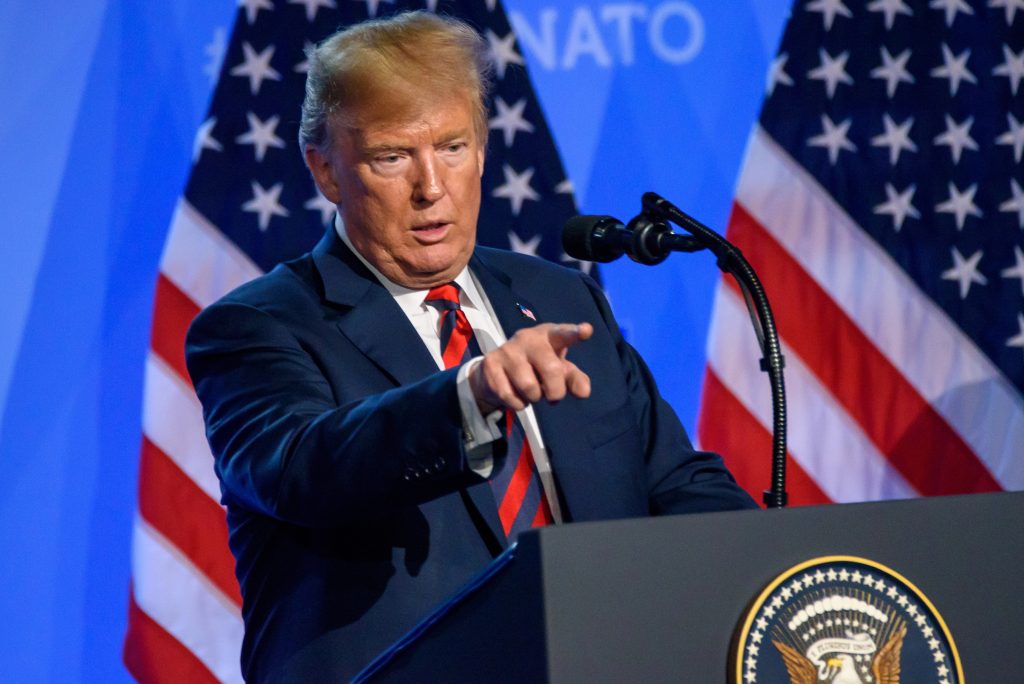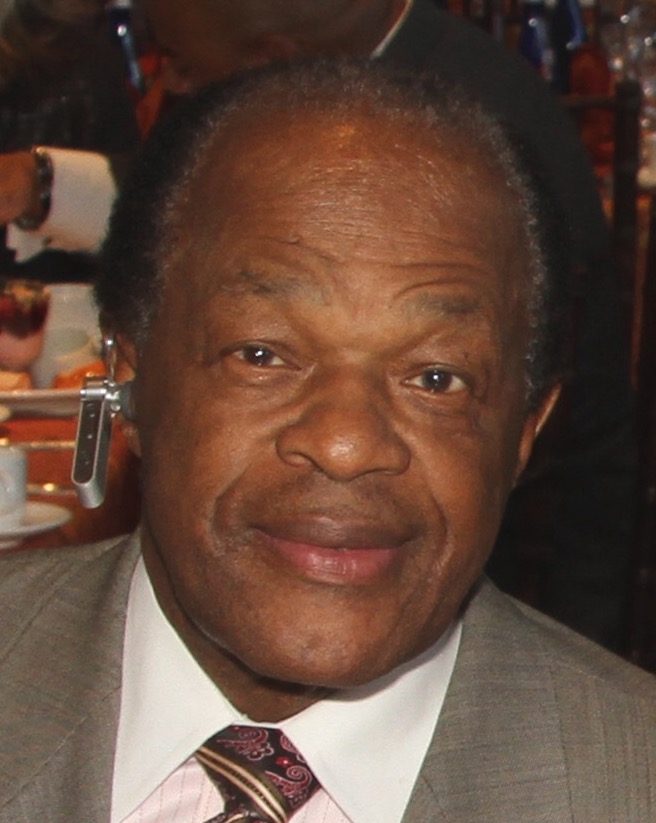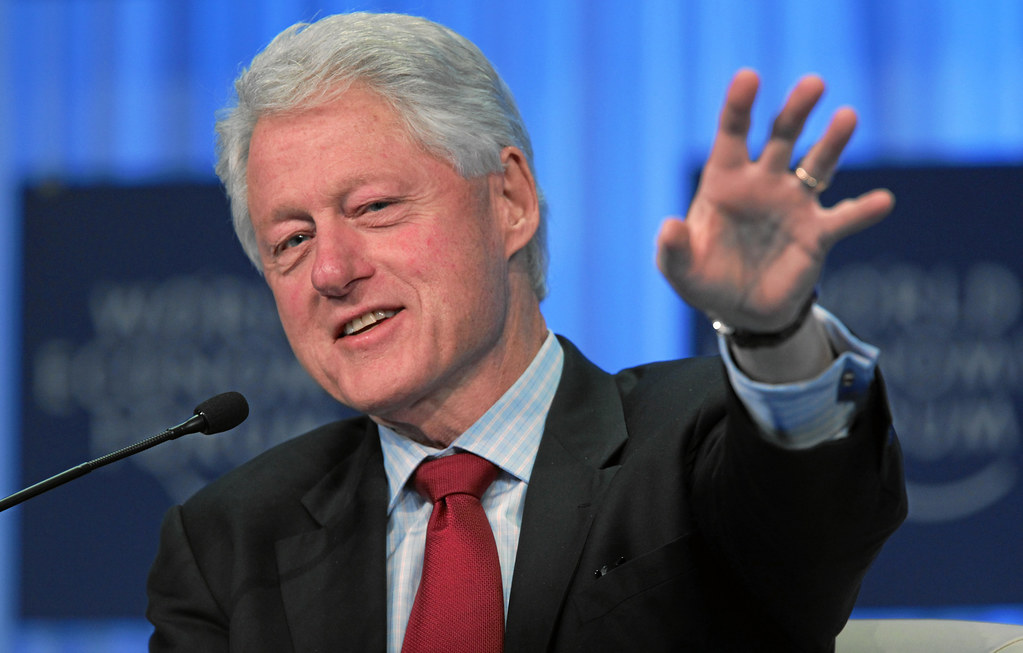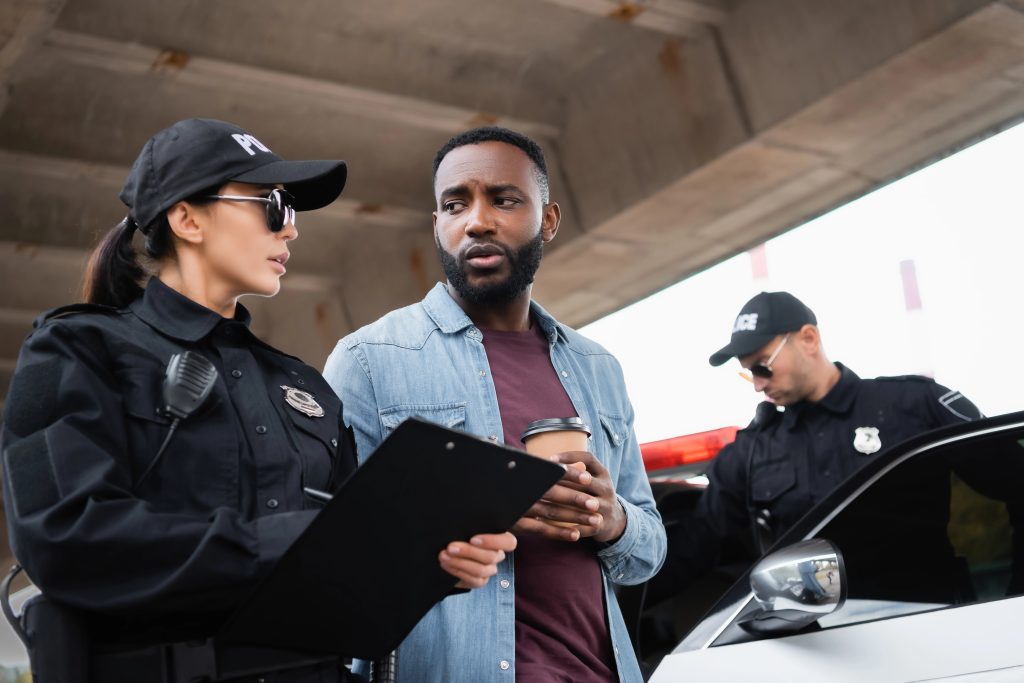
In the capital of the nation, the battle between local control and federal intervention has been raging for over a century, usually with dramatic implications for public safety and governance. The current flashpoint President Trump’s announcement of a “crime emergency” and deployment of National Guard troops has rekindled old sores and brought back memories of past interventions that reconfigured, and sometimes destabilized, Washington, D.C.

1. The 1989 Hiring Surge That Backfired
Congress bullied then-Mayor Marion Barry in 1989 into hiring 1,800 officers onto a 3,600-member force in 20 months, threatening to hold up $430 million in federal money. The urgency to meet the mandate emptied the recruitment standards. Background checks were waived, training was reduced, and ineligible recruits fell through the cracks one was hired while in jail on drug charges, another gave a psychiatric hospital as his address. By 1994, these 1989–1990 academy graduates made up about a third of the force but accounted for half of all officers charged with crimes since 1989. The FBI’s “Operation Broken Faith” sting netted 12 officers escorting what they believed were 135 kilograms of cocaine for $75,800 in payoffs, cementing the era’s reputation for corruption.

2. A City on the Brink
The crisis in policing came along with a general breakdown. By 1995, the District was projecting a $722 million shortfall, a declining tax base, and collapsing services. Twenty years since the Home Rule Act revived local elections, the city stood at the brink of bankruptcy. Congress acted by passing a comprehensive takeover, establishing the D.C. Financial Responsibility and Management Assistance Authority, or control board, as it came to be known.

3. The 1995 Control Board and Financial Turnaround
This intervention was far more comprehensive. A bipartisan plan under President Bill Clinton kept the mayor and council but installed a chief financial officer approved by the board, federalized state-like functions such as courts and prisons, and offered tax incentives to attract residents and businesses. The result: balanced budgets, improved credit ratings, and a two-decade drop in crime from its 1991 peak, mirroring national trends. Former U.S. Attorney Eric Holder, who was in office during this time, went on to become U.S. attorney general.

4. Limits and Lingering Failures
Although fiscal stabilization was achieved, the legacy of the control board was mixed. Though it reined in spending and restored market confidence, it did not produce sustainable management reform. The major agencies, such as public schools, continued to be hampered by dysfunction. Procurement corruption, stalled community development, and lost opportunities for structural reform left the city exposed to future shocks. As one civic leader described, “Once you look past the public perception and dissect it and ask what’s been changed, you see the control board hasn’t made lasting fundamental changes.”

5. Post-2020 Policing Reforms and Staffing Declines
The killing of George Floyd in 2020 sparked national demands for police reform and, in 30 states and D.C., legislative reforms. These have consisted of prohibitions on chokeholds, requirements to intervene, and more robust decertification procedures. In D.C., though, budget reductions and attrition have reduced the police force from 3,800 to approximately 3,200 sworn officers a 50-year low. The council’s 2020 budget choices were decried by former chief Peter Newsham as a “devastating blow,” as departures have exceeded recruitment.

6. Federal Crime Emergency and Political Fallout
In this context, Trump’s August 2025 executive order gave the Department of Justice jurisdiction over the local police force and deployed 800 National Guard troops. He justified it in terms of a clampdown on gangs and “slums,” but D.C. Attorney General Brian Schwalb responded, “There is no crime emergency in the District of Columbia.” Violent crime had decreased 35 percent from 2023 to 2024 and an additional 26 percent in 2025, its lowest 30-year mark. Critics such as Reverend Al Sharpton decried the action as “the ultimate affront to justice and civil rights,” referencing D.C.’s majority-Black past and non-state status as reasons for its susceptibility to federal encroachment.

7. Patterns of Federal Intervention in the Past
Since its creation in 1790, D.C. has alternated between direct federal rule and local government. Mayors were appointed from 1790 until 1820, elected until 1871, and then superseded by federally appointed commissioners and governors until the 1973 Home Rule Act. Even with home rule, Congress maintained fiscal and legislative authority. The 1989 police deployment and 1995 control board are part of a larger national trend: swift, federally initiated moves in urban administration tend to pay short-term dividends but potentially create long-term instability unless underlying structural problems are resolved.

8. Lessons from Other Cities
Philadelphia and New York comparative cases indicate that rapid police growth without strong vetting can sow corruption, but financial control boards can stabilize solvency but fail at systemic reform. In both cities, lasting gains only materialized after fiscal responsibility was combined with profound institutional transformation and community involvement in public safety policy.

9. The Path Forward
Experts and activists emphasize that sustained safety results from more than troop deployments or budget windfalls. Investments in housing, education, and jobs, together with open, accountable policing, have been attributed to crime drops in D.C. and beyond. As one neighborhood leader pointed out, “Long-term investment, not a short-term commandeering of local law enforcement, would actually show a real commitment to addressing crime.” The test for D.C. and for federal lawmakers is to combine immediate responses with reforms that will last longer than the political moment.


